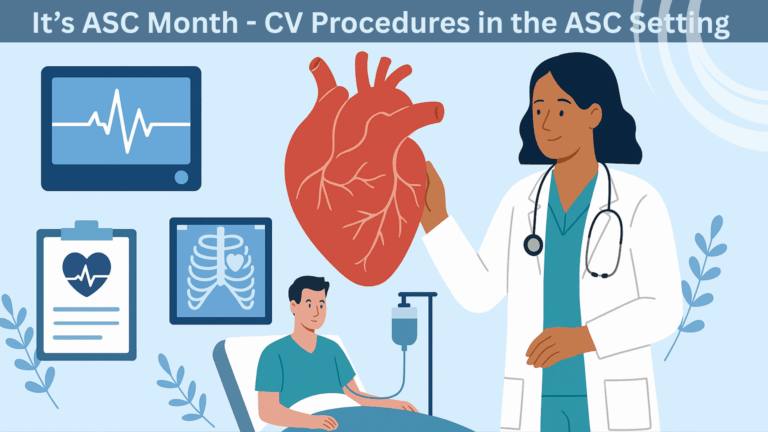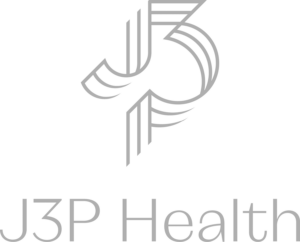The introduction of cardiopulmonary bypass in the 1950s revolutionized the field of cardiac surgery. Fast forward to today and we are seeing how technology, innovation, and consumer demand drive the move towards less invasive methods of treatment. This move does not represent a decline in cardiac surgery, but an evolution in the way health care providers approach the treatment of cardiac and valvular disease. Welcome to the new paradigm of cardiac surgery.
It’s been more than a decade ago since transcatheter aortic valve replacement (TAVR) was first cleared by the FDA, and according to the latest statistics, TAVRs now make up approximately 84% of the aortic valve replacements (AVR) in the US.[1] But what does that mean for cardiac surgeons and cardiac surgery in general?
A New Chapter of Cardiac Surgery
This shift does not signal a slide into obsolescence, but instead, a new chapter, as the increasing use of less invasive methods is shifting the landscape away from open surgery more towards the use of interventional techniques. And yet according to a news brief by TCT in 2021, cardiac surgical volumes have not dropped much, despite the growth in TAVR. This suggests that an increased number of patients with severe aortic stenosis are seeking treatment. Corazon has seen programs where the increase in the number of TAVR and minimally invasive procedures has helped drive not only referrals to cardiac surgeons but also increases the number of overall cardiac surgical procedures by expanding the pool of patients seeking treatment. Previously, such patients were considered too sick or just did not seek treatment because of a fear of having surgery. Furthermore, the burden of cardiovascular disease in the U.S. is still increasing as the population ages.
In a study looking at Medicare patients, TAVR case volumes increased by 680% from 2012 to 2019[2]. According to the ACC, it is estimated that in the near future, one out of every three or four patients undergoing aortic valve replacement (AVR) will still be best treated with the surgical option (SAVR)[3]. So, despite the widespread adoption of TAVR, surgical options do remain necessary. There are still patients who will need the surgery option because their anatomy makes TAVR difficult, they need additional procedures, or they have infections of the heart valves.
Looking Ahead – The Future of Cardiac Surgery
Cardiac surgery is not dying out but is instead adapting to the evolution of medicine. As new and evolving technologies continue to guide cardiac surgeons, the future of cardiac surgery hinges on these individuals’ ability to improve upon existing techniques, innovate in therapies, and diversify practices. According to a study by iData Research (2021), the cardiac surgery procedure volume is expected to continue growing at a rate of about 5% per year, with the largest portion of these procedures being coronary artery bypass graft (CABG) procedures. This is notable considering that there is a current decrease in this type of procedure. On the other hand, the second-largest type of procedure being performed is the surgical heart valve replacement procedure. Structural heart procedures are also expected to grow rapidly, according to the iData research, with the fastest growth occurring in Transcatheter Mitral Valve Repair (TMVr). The potential for this is a result of the incidence of significant mitral regurgitation (MR), which affects approximately 1% of the population in the US[4]. So similar to the effect TAVR has had on expanding the cohort of patients, TMVr is expected to do the same. While the COVID19 pandemic resulted in a significant decline in cardiac surgery procedures in 2020, the procedure volumes are expected to fully recover in 2022 according to experts.
Corazon has seen an increasing number of hospitals around the country realize that although they now have the advantage of being able to provide advanced interventional cardiac care to their community, they are making the commitment to offer “one-stop” care within the cardiovascular continuum. So, if an expansion of your cardiovascular program is a viable strategy or you need help identifying if an expansion of cardiac surgical services or structural heart is right for your hospital, Corazon stands ready to help.
Authored by Carol Wesley, RN, MSN/MHA, Vice President Corazon, Inc.
References:
1. Fornell, D., Cardiac surgeons gaining procedural volume. Accessed online August 8, 2022 at: https://cardiovascularbusiness.com/topics/clinical/cardiac-surgery/cardiac-surgeons-gaining-procedural-volume-despite-tavr-making-84?utm_source=newsletter&utm_medium=cvb_news
2. Taylor, P., Rise of TAVR increased overall aortic valve replacement, improved outcomes: study, November 2021. Accessed online August 8, 2022 at: https://www.medtechdive.com/news/tavr-increase-boosted-overall-aortic-valve-replacements-jacc/610492/
3. Mack, M. J., January 2021. TAVR: From Then Until Now, American College of Cardiology (ACC). Accessed online August 8, 2022 at: https://www.acc.org/latest-in-cardiology/articles/2021/01/01/12/42/feature-tavr-from-then-until-now
4. iData Research, 2021, How Many Cardiac Surgeries Are Performed Each Year? Accessed online August 9, 2022 at: https://idataresearch.com/over-900000-cardiac-surgeries-performed-every-year-in-the-united-states/

 company
company 
 (412) 364-8200
(412) 364-8200




























